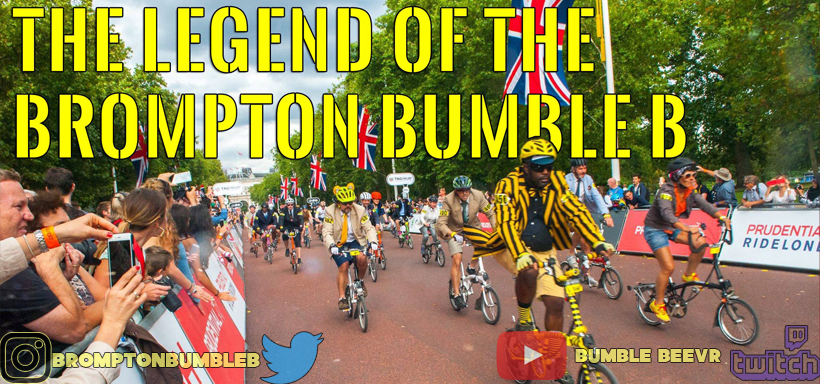I'm doing the standard Route which is 34 miles long, starting at Southwark Park and finishing at Cigarette Island
Standard Route is 34 miles and takes in 16 Bridges:
Tower Bridge was built in 1894 with machinery to raise the central road span in 90 seconds. It was once a thriving port where cargo ships came from all over the world to unload their goods. On the north side of the bridge is the Tower of London, while further to the east is Docklands.
London Bridge was built in 1973 (earlier bridges since the First Century). The Romans built the first London Bridge, slightly downstream to the present one, and it was the only bridge across the Thames in London until Westminster Bridge was built.
Southwark Bridge was built in 1921, although it replaced a much-avoided toll bridge. On the north side is The City and St Paul’s Cathedral, and to the south is Southwark Cathedral. Dickens grew up around the area and often wrote about it.
Blackfriars Bridge was built in 1869 (earlier bridge 1769) and was named after a Dominican Priory at that site. Fleet Street and Inns of Court are near the bridge.
Waterloo Bridge was built in 1942 (earlier bridge 1817). The original bridge was elaborate with nine granite arches and pairs of columns at the piers. Two of the piers proved dangerous so the bridge was eventually demolished and replaced with the present one.
Westminster Bridge was designed by Thomas Page and opened in 1862. With an overall length of 252 metres, it is a seven arch wrought iron bridge which has Gothic detailing by Charles Barry (the architect of the Palace of Westminster).
Lambeth Bridge was used for the 2004 film Harry Potter and the Prisoner of Azkaban for a scene where the Knight Bus must pass between two Leyland Titans.
Chelsea Bridge was built in 1937 (earlier bridge 1858). A suspension bridge close to Battersea Park and the New Covent Garden Market at Nine Elms. On the north side is the Chelsea Royal Hospital, and there is a community of houseboats lining the river on the Chelsea side.
Albert Bridge was built as a toll bridge in 1873, it was commercially unsuccessful; six years after its opening it was taken into public ownership and the tolls were lifted. The tollbooths remained in place however, and are the only surviving examples of bridge tollbooths in London.
Battersea Bridge was built in 1890 (earlier bridge 1772) and is a cast-iron bridge. When it was a wooden bridge it had a pier, and boats often collided with it.
Wandsworth Bridge was built in 1940 (earlier bridge 1873) At the time of its opening it was painted in dull shades of blue as camouflage against air raids, a colour scheme it retains.
Putney Bridge was built in 1886 (earlier bridge 1729) and links Fulham to Putney. It was originally a wooden bridge, but was eventually replaced by the present granite bridge. It is from here that the annual Oxford and Cambridge boat race starts.
Chiswick Bridge was built in 1933. At the time of its opening its 150-foot (46 m) central span was the longest concrete span over the Thames. The bridge is possibly best known today for its proximity to the end of The Championship Course, the stretch of the Thames used for the Boat Race and other rowing races.
Kew Bridge was built in 1903 (earlier bridge 1759). Again, it was originally a wooden bridge and later replaced by a stone bridge. On the Surrey side of the bridge is Kew Gardens, the famous Botanical Gardens.
Richmond Park - you will travel through this beautiful royal park which is home to 650 free-roaming deer!
Kingston Bridge There has been a crossing at Kingston since Roman times and it is believed that the first bridge of timber construction was built in AD43 following the Roman invasion of England.
Hampton Court Bridge (not extended route) was designed by the architect Lutyens to blend in with Hampton Court Palace.
Comes with a T Shirt, Rider number, Map of the route, Donation Envelope, Information sheet.
 |
| Front of T Shirt |
 |
| List of Bridges on the back |



































































